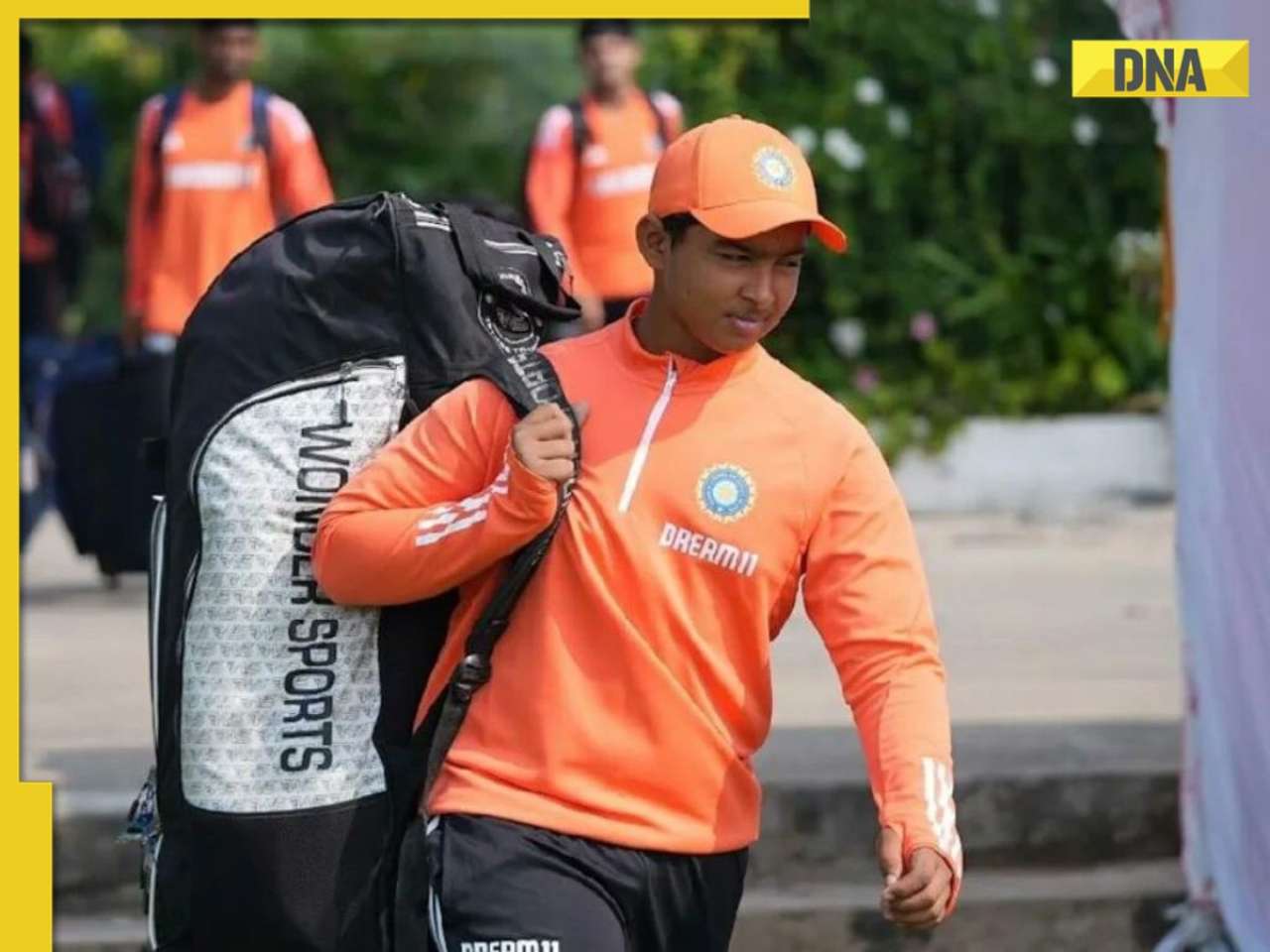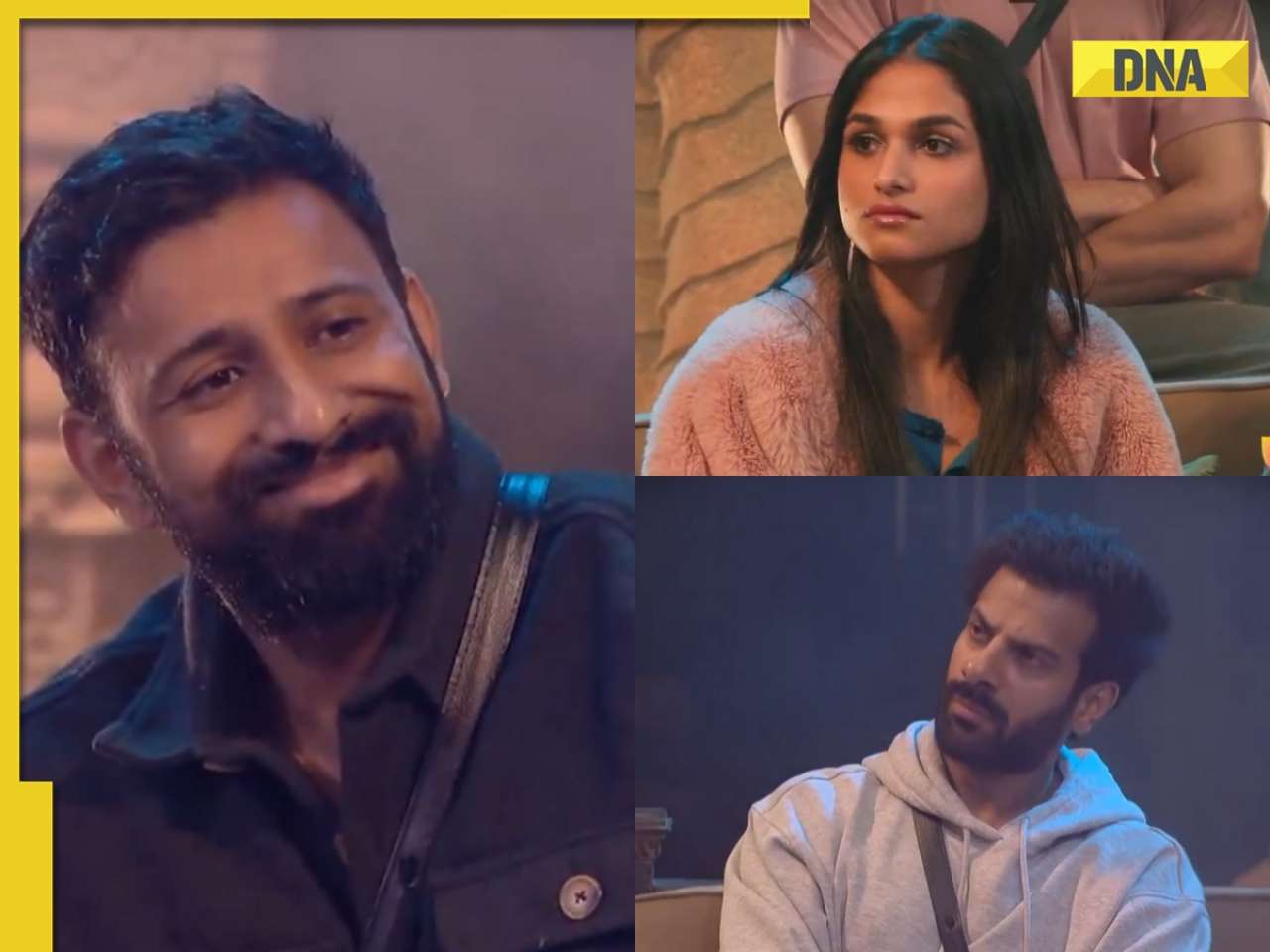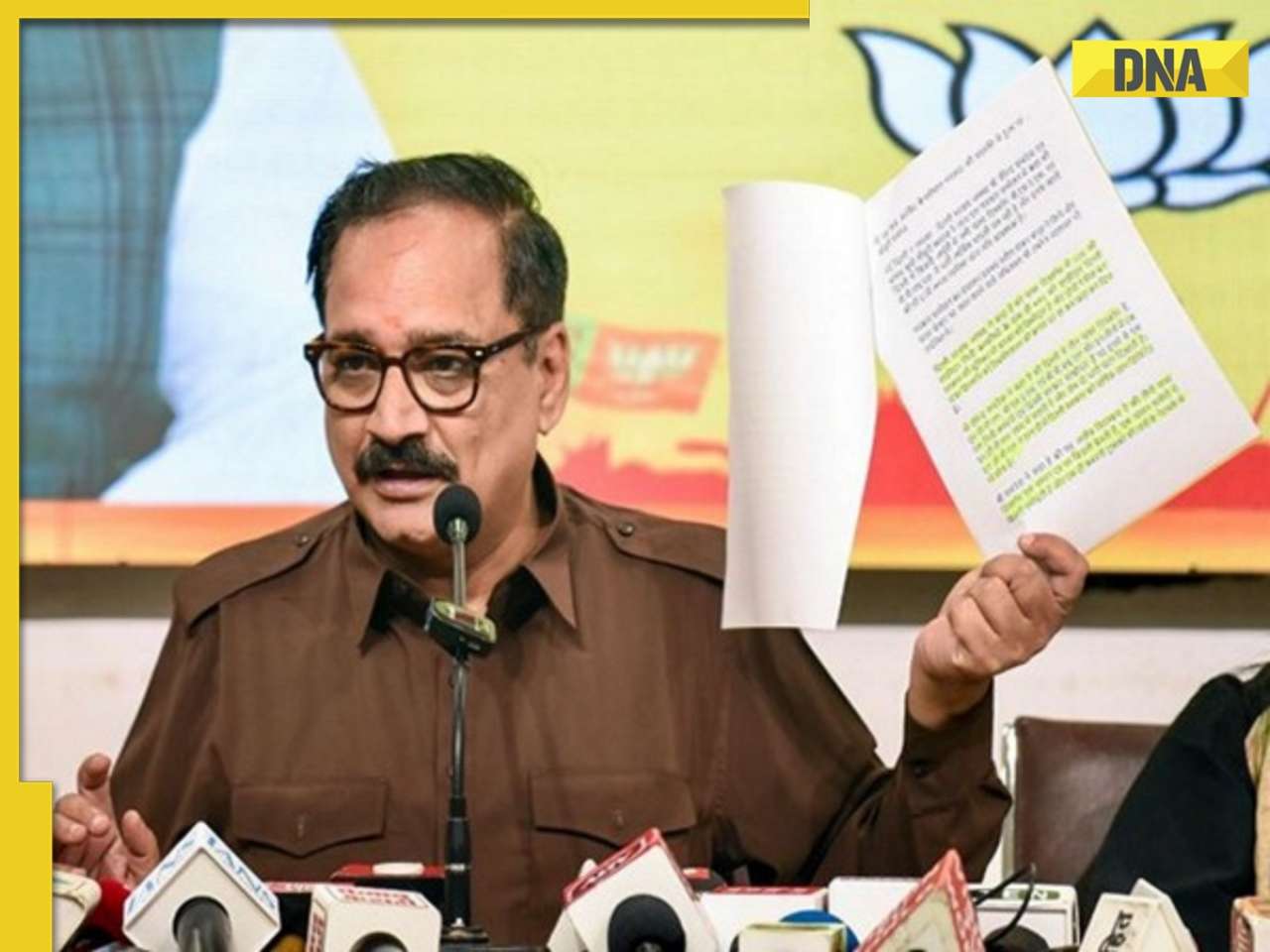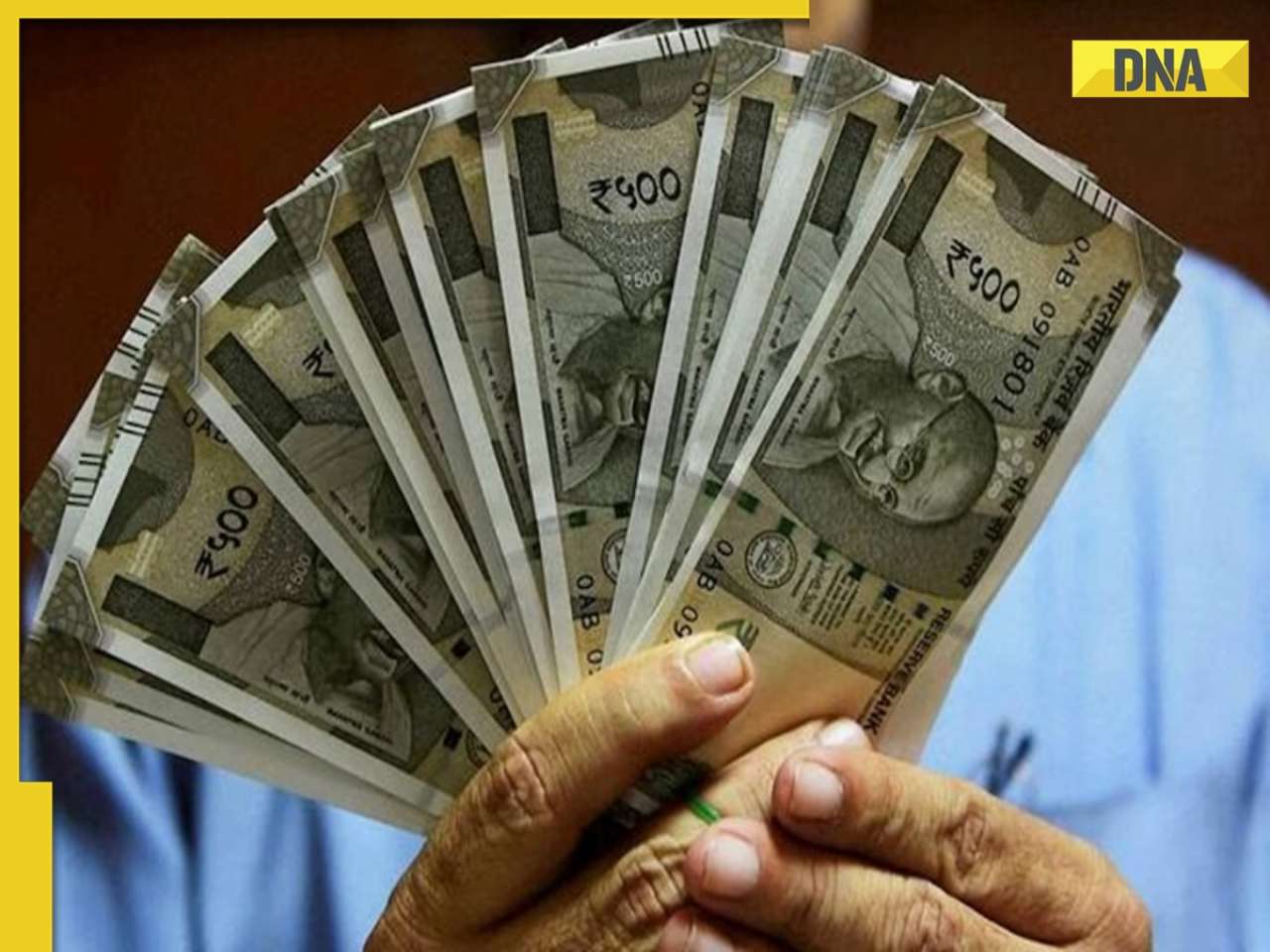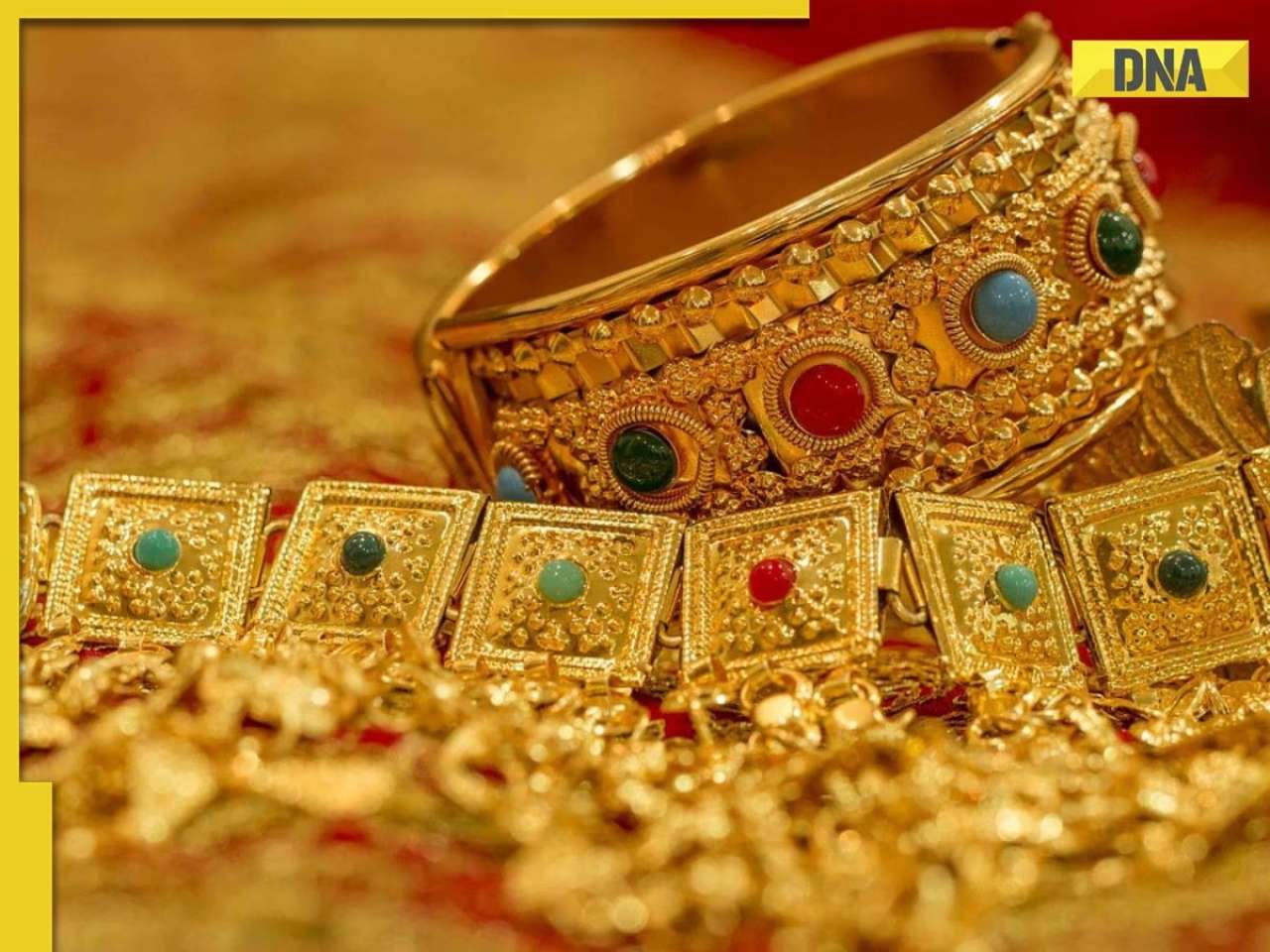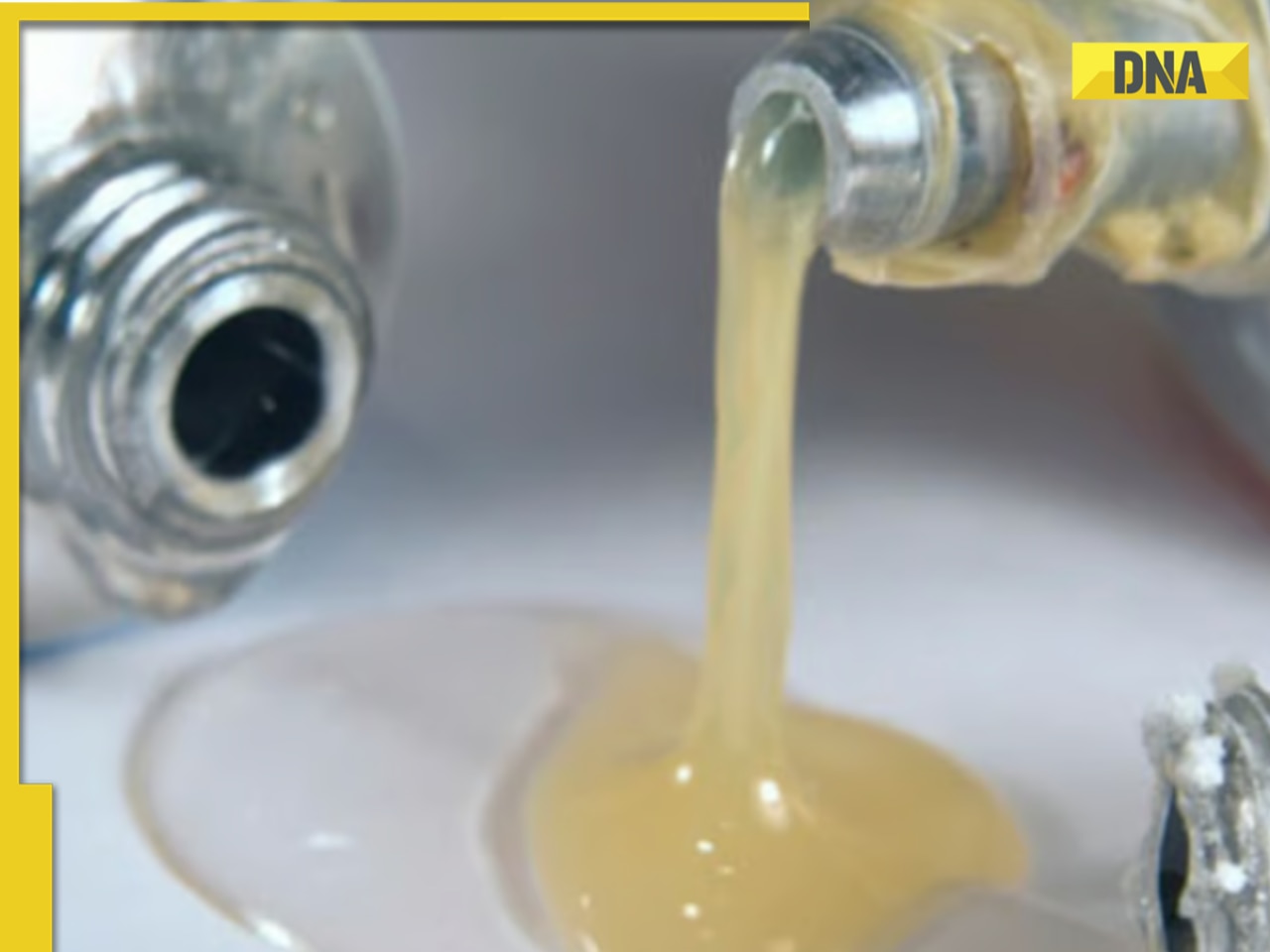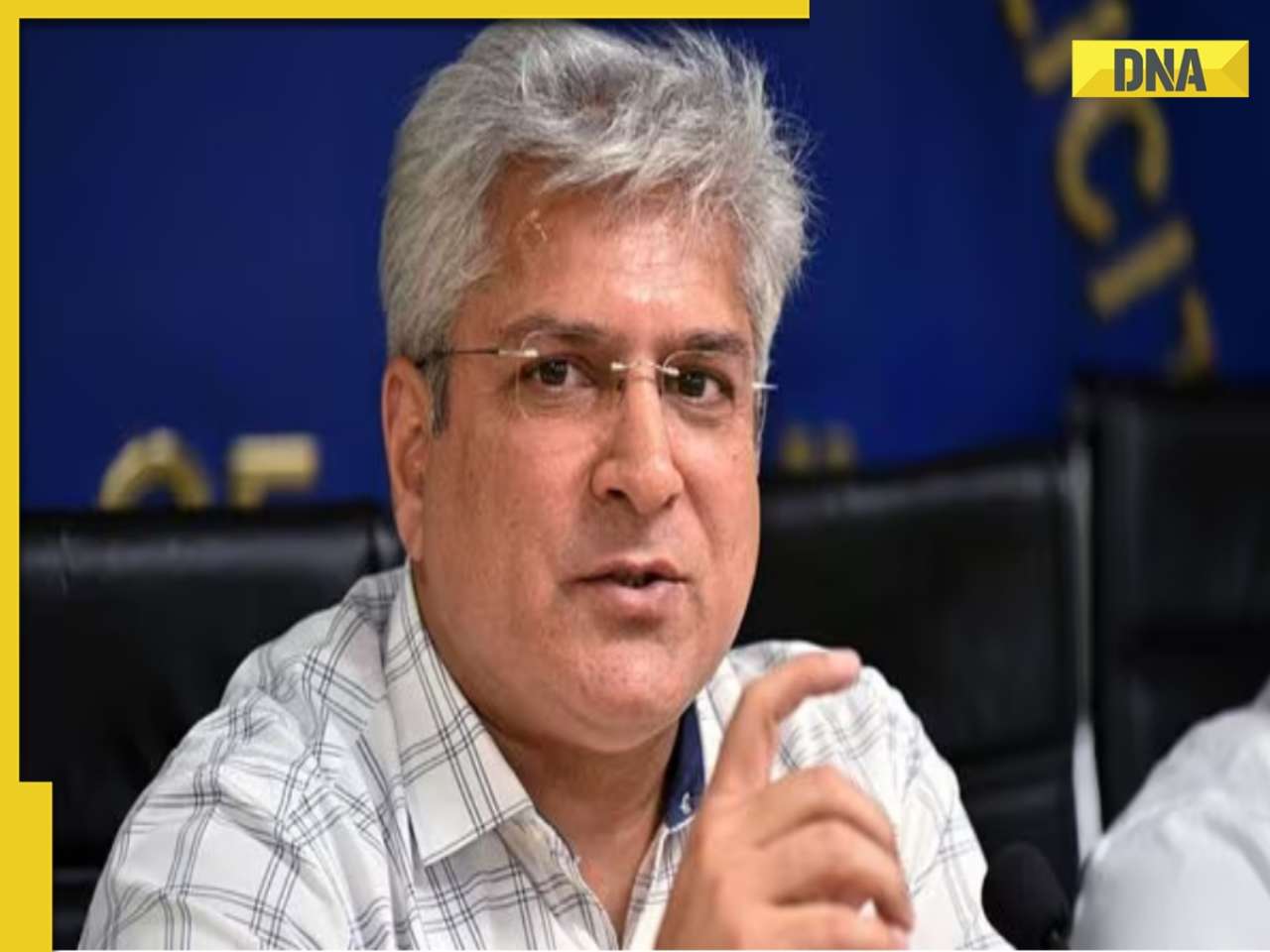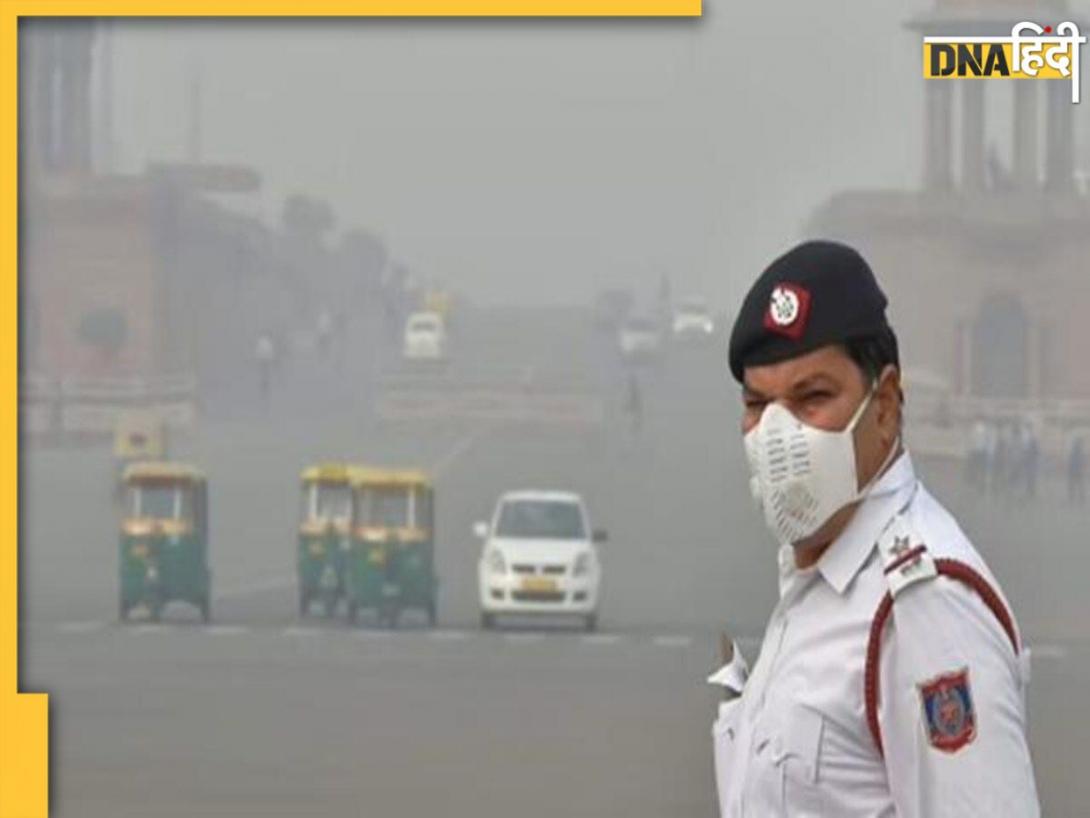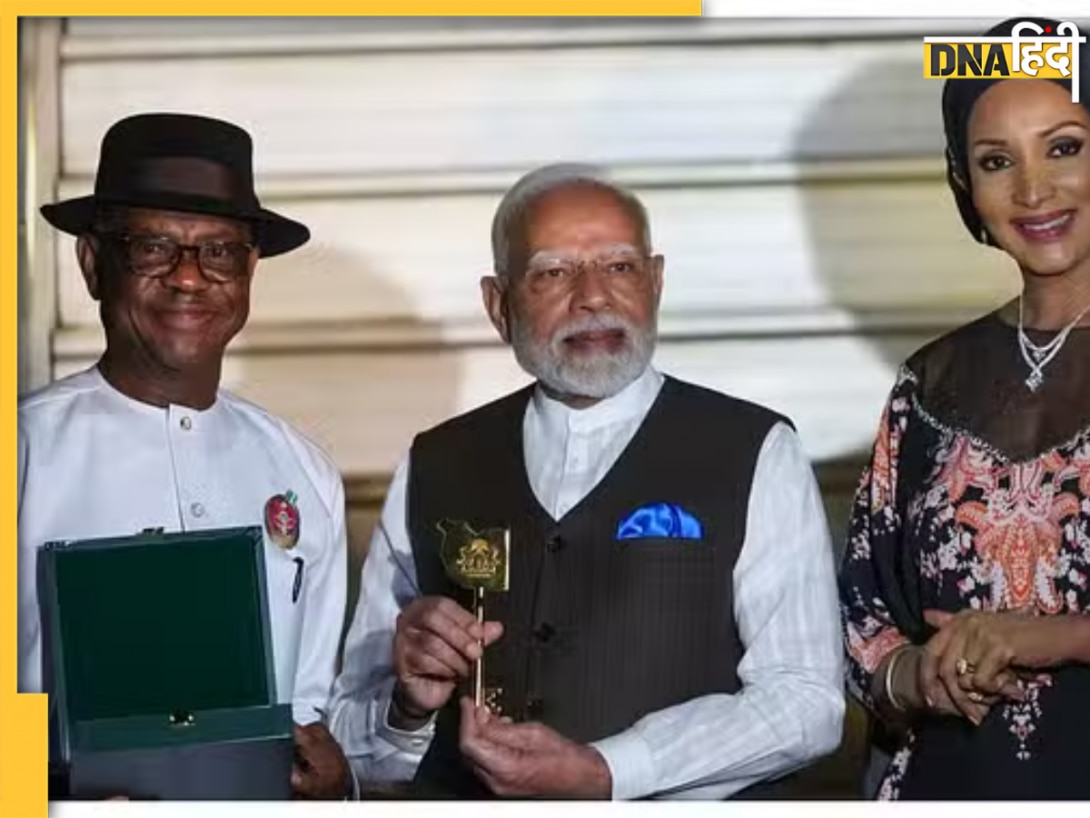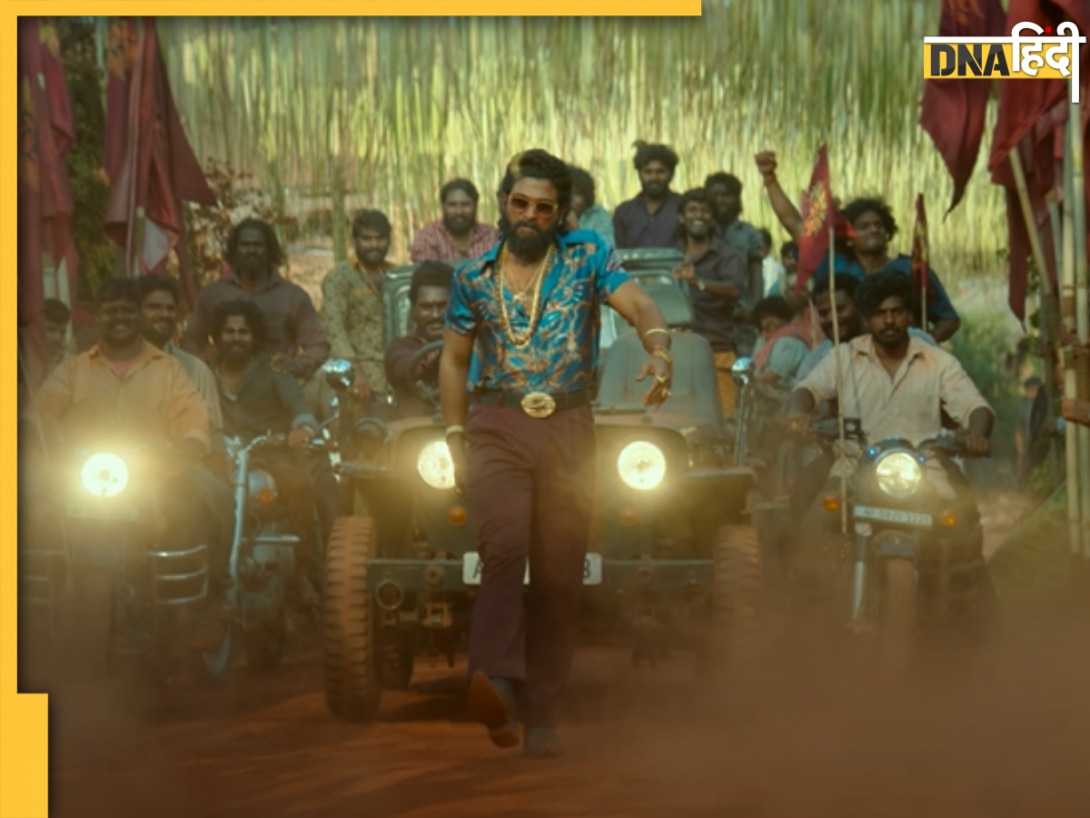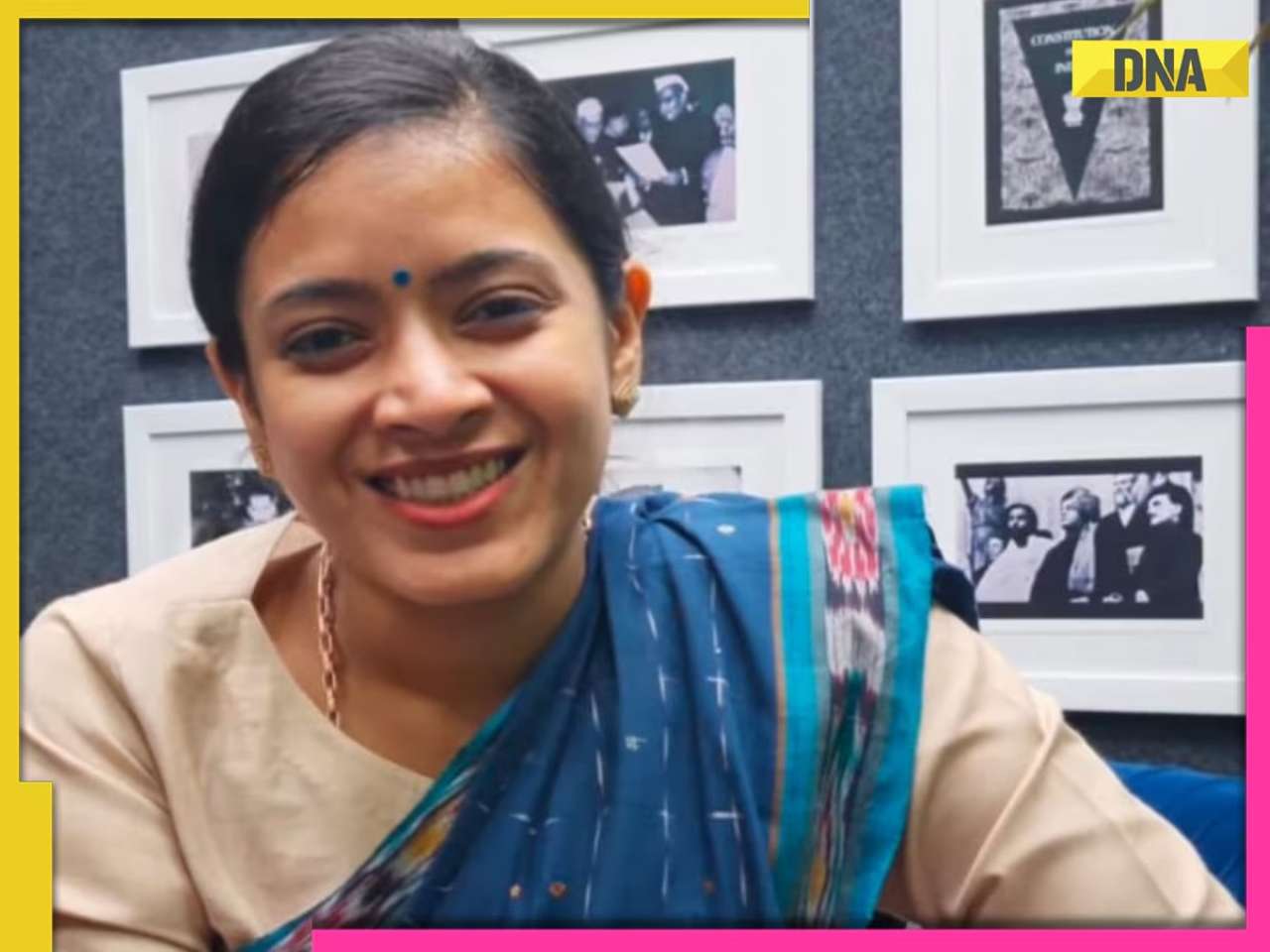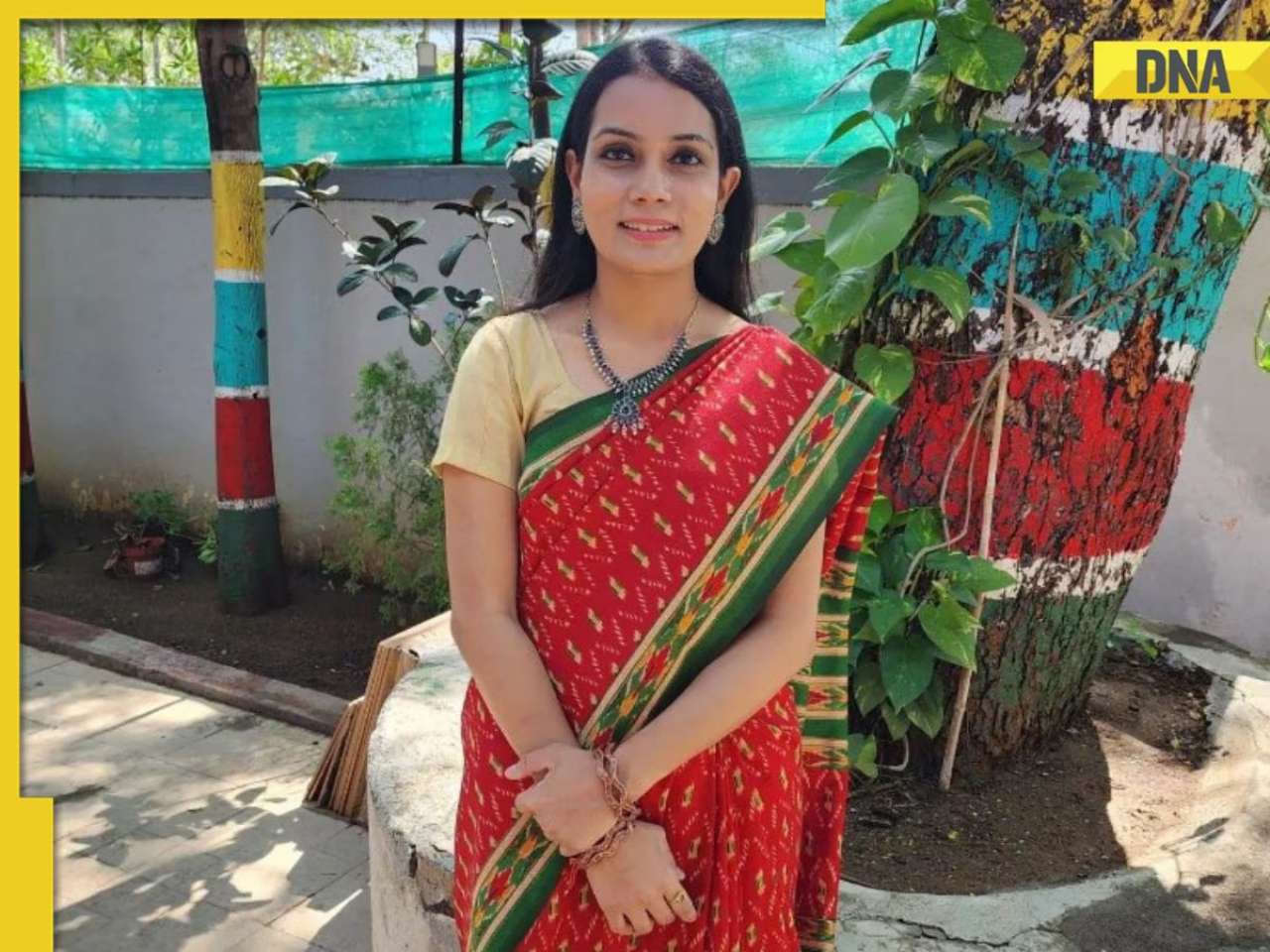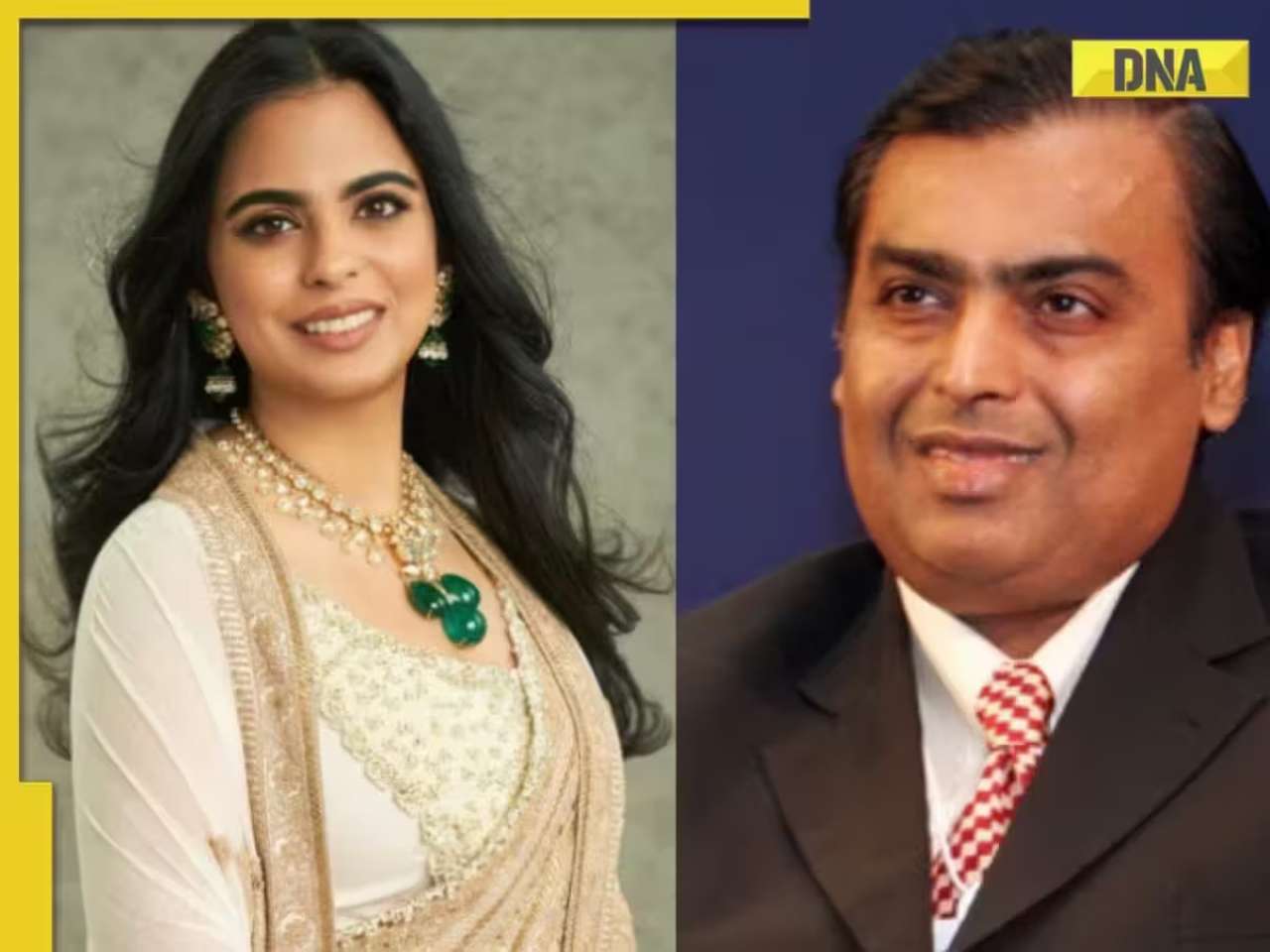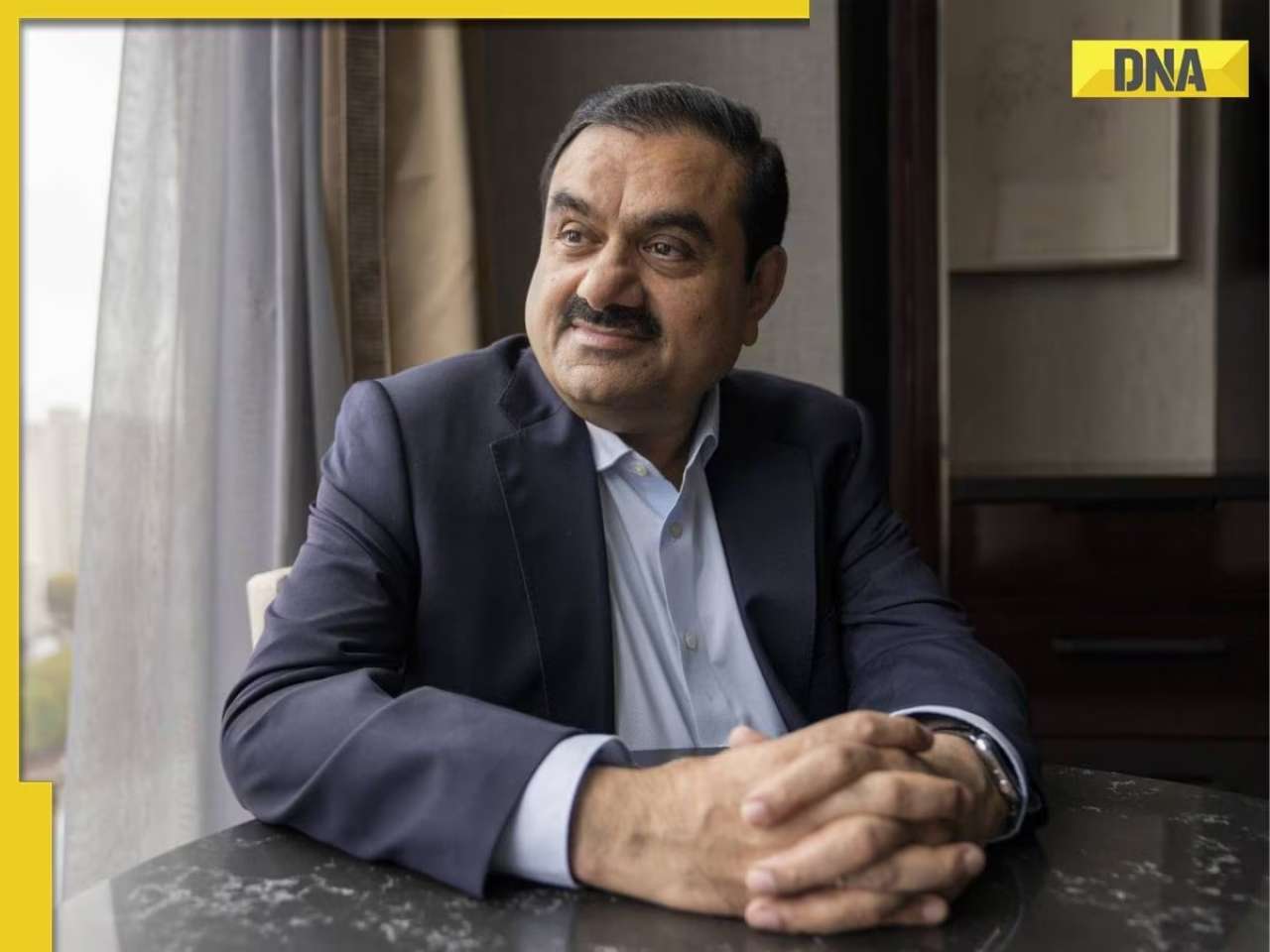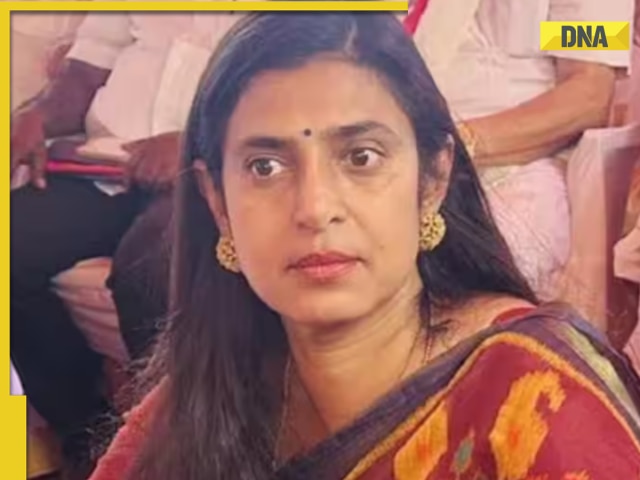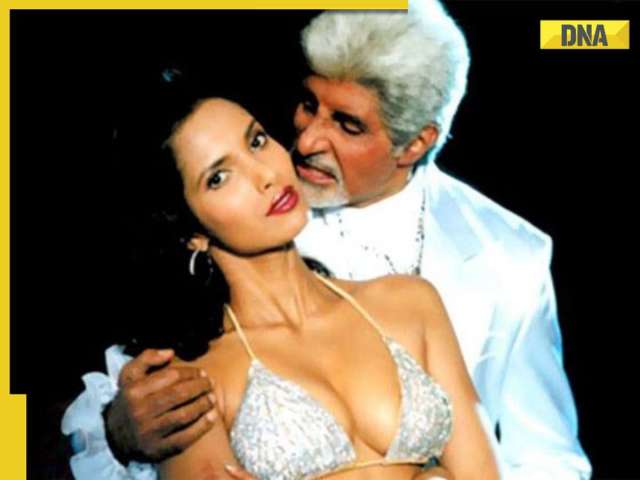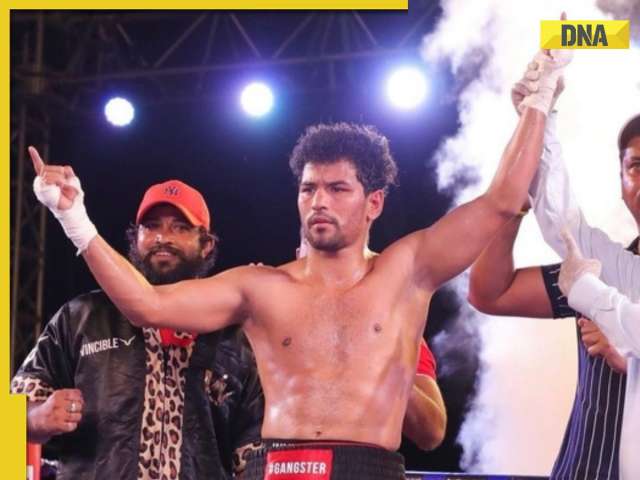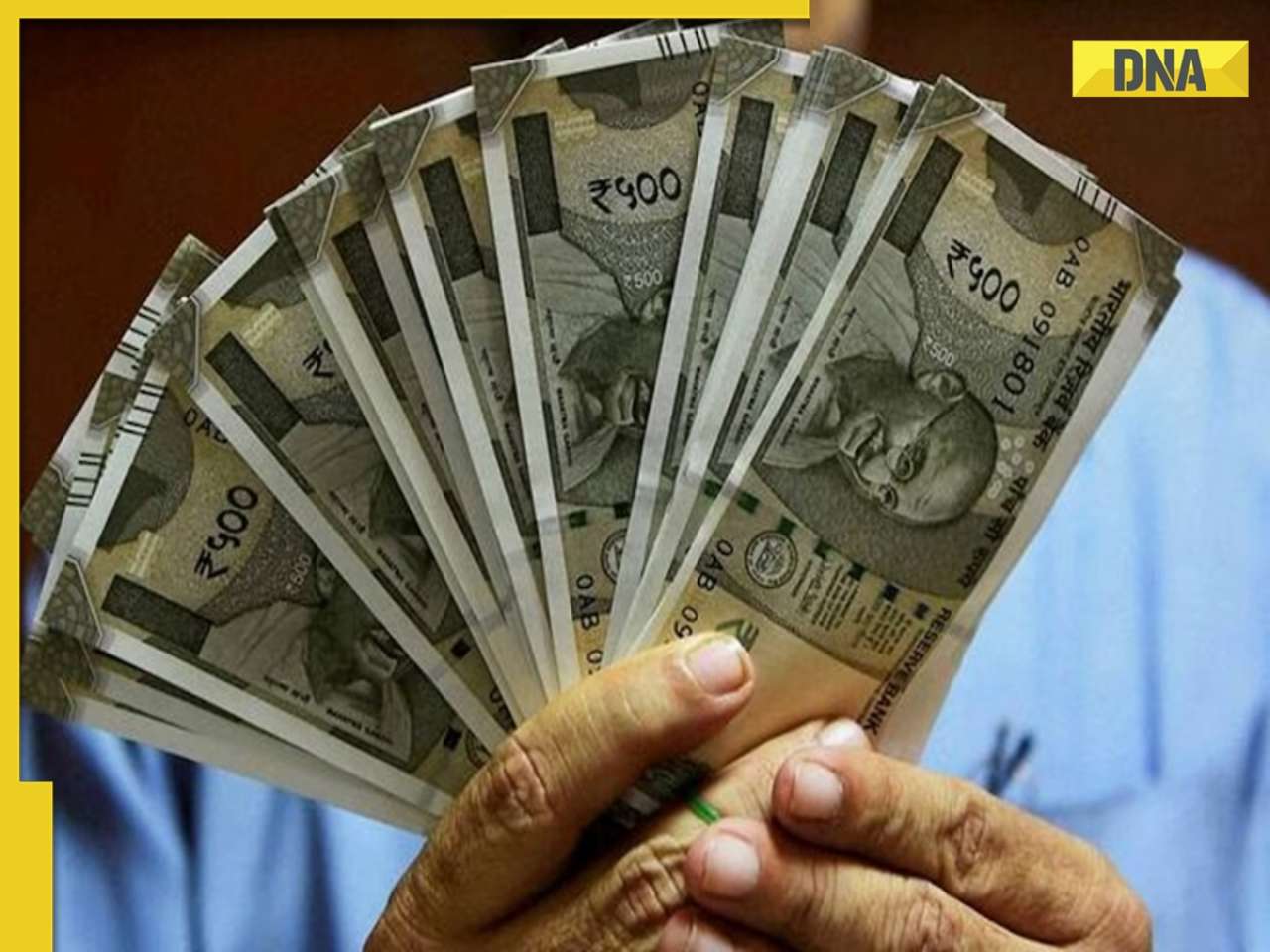- LATEST
- WEBSTORY
- TRENDING
MUMBAI
Navi Mumbai: Communities celebrate Makar Sankranti in traditional style
TRENDING NOW
When you see streets filled with colourful kites, shops selling til ladoos and barfis in huge quantities and markets full of sugarcane, banana leaves and shoppers you know it is Sankrant.
This is probably the only festival that is celebrated throughout the country on the same day.
It marks the beginning of the Sun’s movement away from the Tropic of Capricorn and towards the northern hemisphere — Uttarayan.
Every community celebrated this day differently — Maharashtrians exchange ladoos made of sesame seeds and spread the message of being good.
“On Sankrant, everyone wears black as it is the peak of winter and black helps keep warm.
Sweets are prepared at home and til ladoos are exchanged. ‘Let these sweet make your words and thoughts also sweet’, is the message that is spread,” says Sucheta Upasini, a 55-year-old resident.
On Pongal celebrations, Rajany Iyer says, “On the previous day, we throw away all old clothes. On Sankrant, new pots are brought and rice is boiled in it along with milk and jaggery. The rice is supposed to boil and flow out of the vessel. Later, we add cashews and raisins as well and offer it to the Sun God. The overflowing of the milk marks prosperity, it is then served to all the family members.”
Similarly, Punjabis celebrate Lohri on this day. “We make bonfires and everyone sits around them and plays games. Sweets made of sesame or corn, sugarcane and rice are thrown into the bonfires on the previous day of Sankrant. On Sankrant, it is mandatory to take bath in a river which is not followed in urban areas. Also, lamps are lit with sesame oil to ward off evil,” says Sandeep Arora, a resident of Vashi.
Gujarati’s celebrated the day by flying kites. “All through winter, we have undhiyo, a dish available only during winters. This is prepared specially on this day along with chikki and the whole family comes together on rooftops to fly kites. Kite flying competitions are also conducted,” says Narendra Desai, another resident.
For Navi Mumbaikars, kite flying used to be an enthusiastic event but this year none of the various kites have lured youngsters. Variety of designs from Modi to Chhota Bheem are available. Some 3D kites are also available from Rs60 to Rs1,000.
“Now you hardly find one or two flying kites. With high rises, people avoid flying them and we incur losses. With each passing year, the sale keeps going down. Our profit margins have also been reduced but we manage to earn from these associations who organise kite flying events,” says Ajmal Sheikh, a kite vendor.
Awareness has also been created by animal welfare organisations, “The strings harm birds as they get entangled on tree tops. It is harmful when plastic kites just fall randomly all over the city,” says Kunal Sangoi, an activist.
Coming together
This is probably the only festival that is celebrated throughout the country on the same day
Every community celebrated this day differently — Maharashtrians exchange ladoos made of sesame seeds and spread the message of being good.




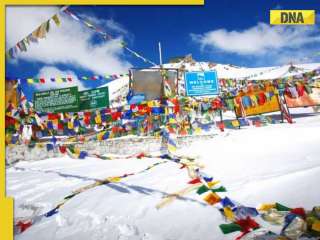


)
)
)
)
)
)
)
)
)
)
)
)
)
)
)
)







